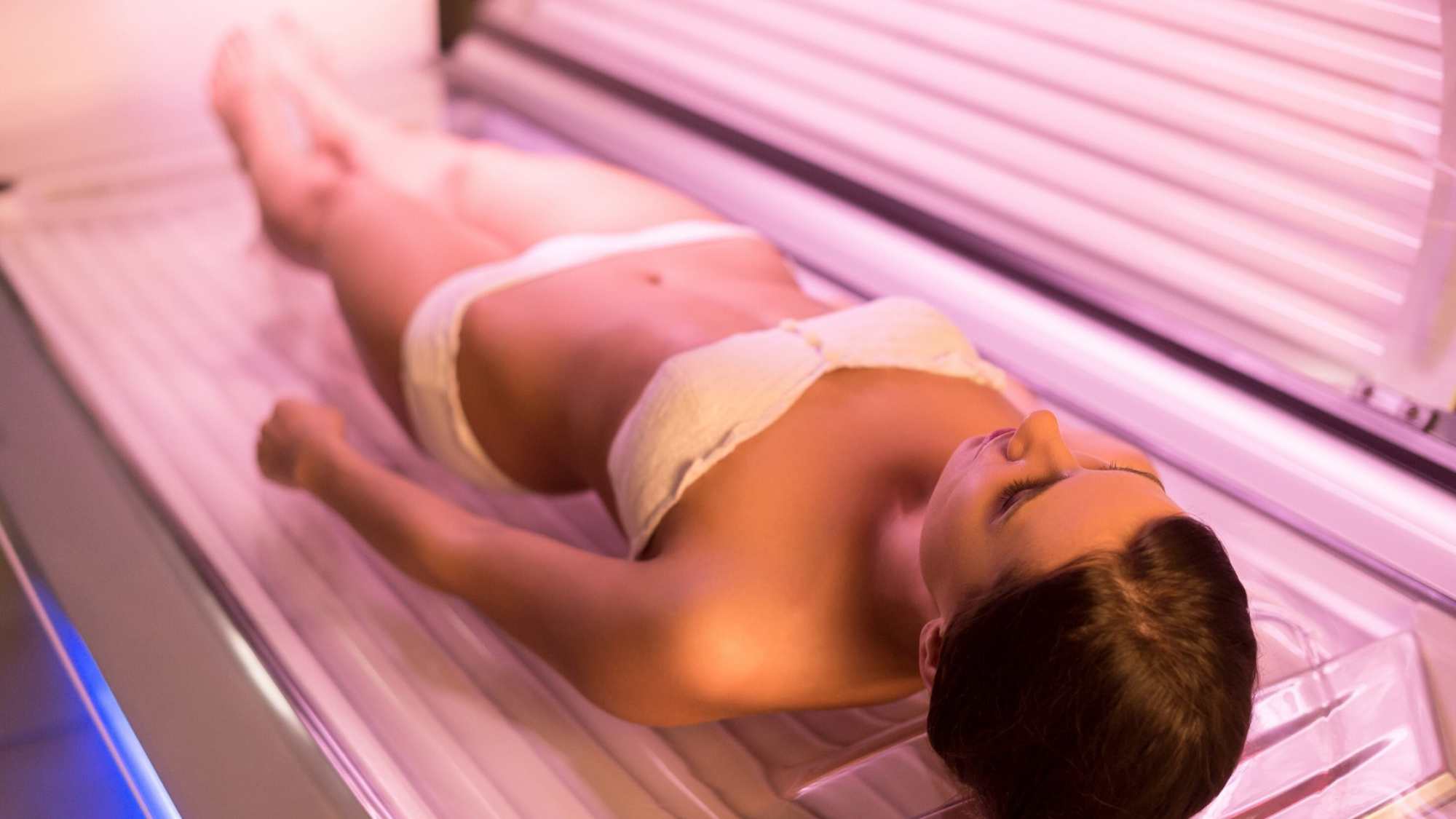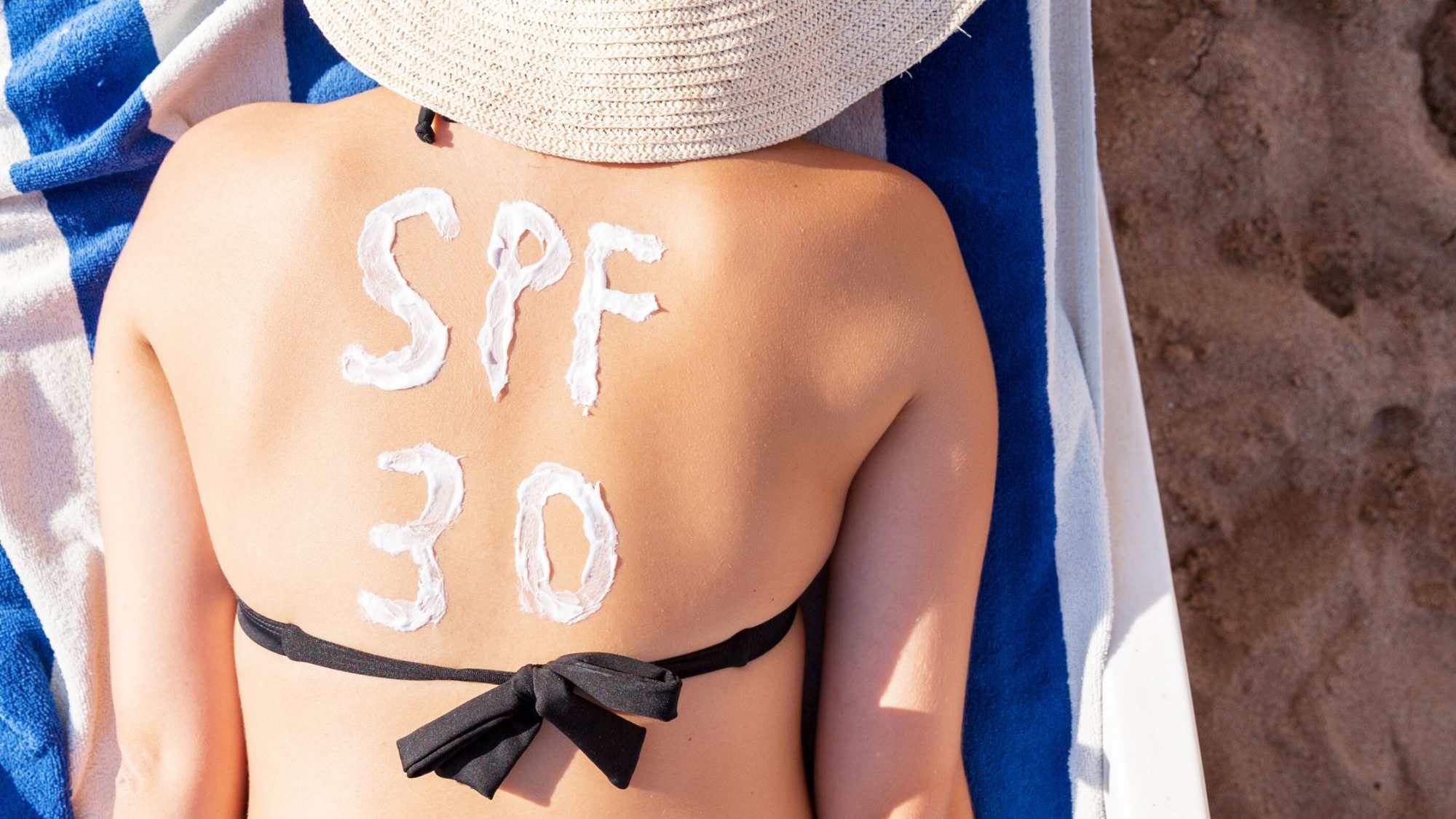How to Tan Quickly Without Burning
How to Tan Quickly Without Burning
A good summer tan makes the right summer look. And getting this look quickly but safely is the cheapest and easiest item on the beauty book. Here is your guide on how to safely make the most of the summer sun of 2020.
How to get tan fast
Remember, ‘fast’ can be a dangerous word. It can make you break all boundaries and expose yourself to unnecessary risks. Keep this in mind: ‘fast’ sure shouldn’t mean plugging into a tanning bed or the sun itself for a long time. While you can extract the connotation of speed from ‘fast’,
Content
here is how you can eliminate the risk factors:
1. Avoid tanning beds or stand up booths
These expose you to UVA rays which are at least three times stronger than those of the natural sun light. And the amount of UVB ray emission in most of these beds and booths does not match the standard rays emitted by the sun.
Plus, they don’t have the healthy benefits of the sun, e.g. vitamin D.
The World Health Organization categorizes these beds and booths as carcinogenic. This means they can cause skin cancer and must be avoided by all means.
2. Use sunscreen with SPF 30
When sunbathing, you expose yourself to ultra violet emissions which are dangerous for the skin. So, if you want to receive a healthy sunbath, you need to use a sunscreen with a broad-spectrum protection of 30 at the minimum.
Apply the cream at least 15 to 20 minutes before going out into the sunlight, so that the SPF gets enough time to be activated.
In case you swim outside or do an intensive activity, don’t forget to wear your sunscreen again when you get out of the water, or when you sweat.
Also, don’t forget to rub the cream over areas like the tip and back of your ears, nose, ears, tip of your toes, and areas that are usually skipped. Reapply the sunscreen if you stay out for more than 2 hours.
If you are worried whether sunscreen will interfere with your tanning in the first place, note that while SPF 30 can shield you against dangerous sunlight, it is not strong enough to prevent you from getting a tan. But if the idea of wearing a sunscreen for tanning still does not resonate with you, you can at least use tanning oils as well as formulas with SPF protection.
3. Take breaks
Don’t lay under the sunlight the whole time. Seek shade from time to time to avoid burning your skin under the intense heat.
4. Turn your position frequently
It is important to make sure all parts of your body are equally exposed to the sun. This can also prevent burning one side of your body.
5. Choose the right tanning time
The ultraviolet radiation of the sun starts increasing from 10 am and peak from noon to 3 pm. This equals to exposure to a higher risk of skin cancer. You can go round this problem by setting your tanning hours before noon or after 3 pm.
Please take your tanning hours into consideration especially if you have bright and sensitive skin.
6. Don’t stay outside longer than your melanin cut-off period
Wondering what’s a melanin cut-off period? Your skin produces melanin, the pigment responsible for creating the color of your hair, skin, and even eyes. The melanin cut-off period is usually 2-3 hours a day, which means your body doesn’t produce more melanin after this point.
This puts a cap on how tan you can get in a single day. If you expose yourself to the sun longer than your melanin cut off point, then you are risking your skin’s health for no reason.
7. Stay hydrated
Sunbathing can make your body sweat and lose water. This increases the risk of sunstroke and other complications in your body’s performance. Make sure to constantly drink water and liquids to avoid dangerous evaporation of water from your body.
Also, keep away from alcoholic drinks which cause further dehydration.
8. Eat foods rich in lycopene and beta carotene
Lycopene provides natural protection against the UV rays of the sun. Some people call lycopene the natural SPF of the skin itself. Fruits and vegetables like watermelon, guava, and tomatoes are rich sources of lycopene.
Also, beta carotenes arguably reduce the sensitivity of your skin to the sun. Beta carotenes can accelerate melanin production of your body, which means, they improve your skin’s ability to get darker.
Carrots, kale, and sweet potatoes contain beta carotenes and can be the right complements for safe tanning.
So, if you eat the right food, you don’t need to use tan accelerating creams, you will make sure your sunscreen is supported, and you won’t need to spend extra hours under the sun.
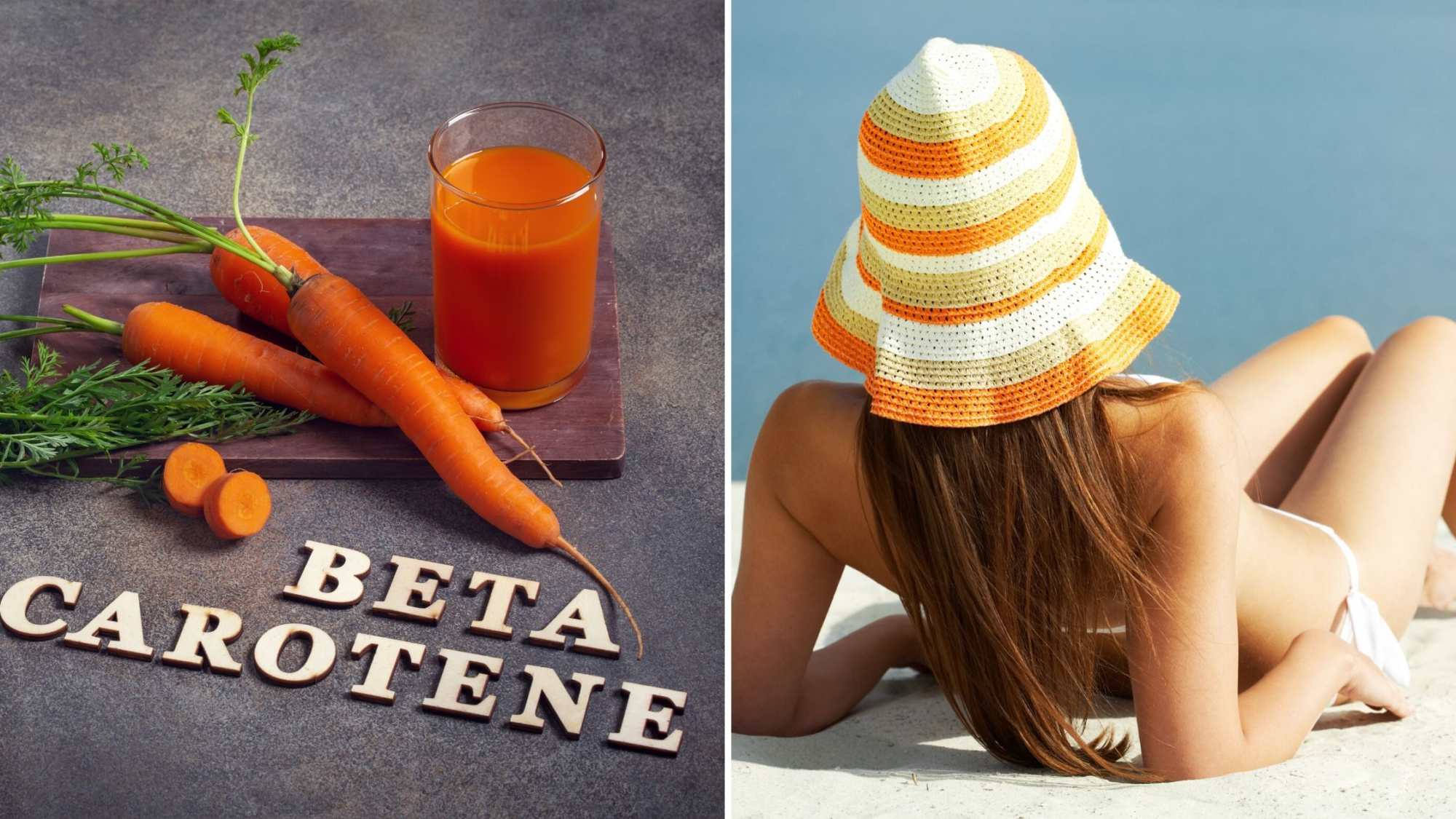
9. Exfoliate before tanning
When you exfoliate, you remove the dead skin cells from the surface of your skin. If you get a tan before exfoliating, your skin will look patchy and messy. So, it is better to shave and shower before tanning in order to remove the dry and dead skin cells.
10. Wear protective clothes
In order to spend time under the sun, you need to be able to tolerate it. Wearing UV blocking sunglasses and wide-brimmed hats will not only provide protection for the sensitive skin around your eyes and your scalp, but they will also stop your squinting and prevent feeling sick under the sun.
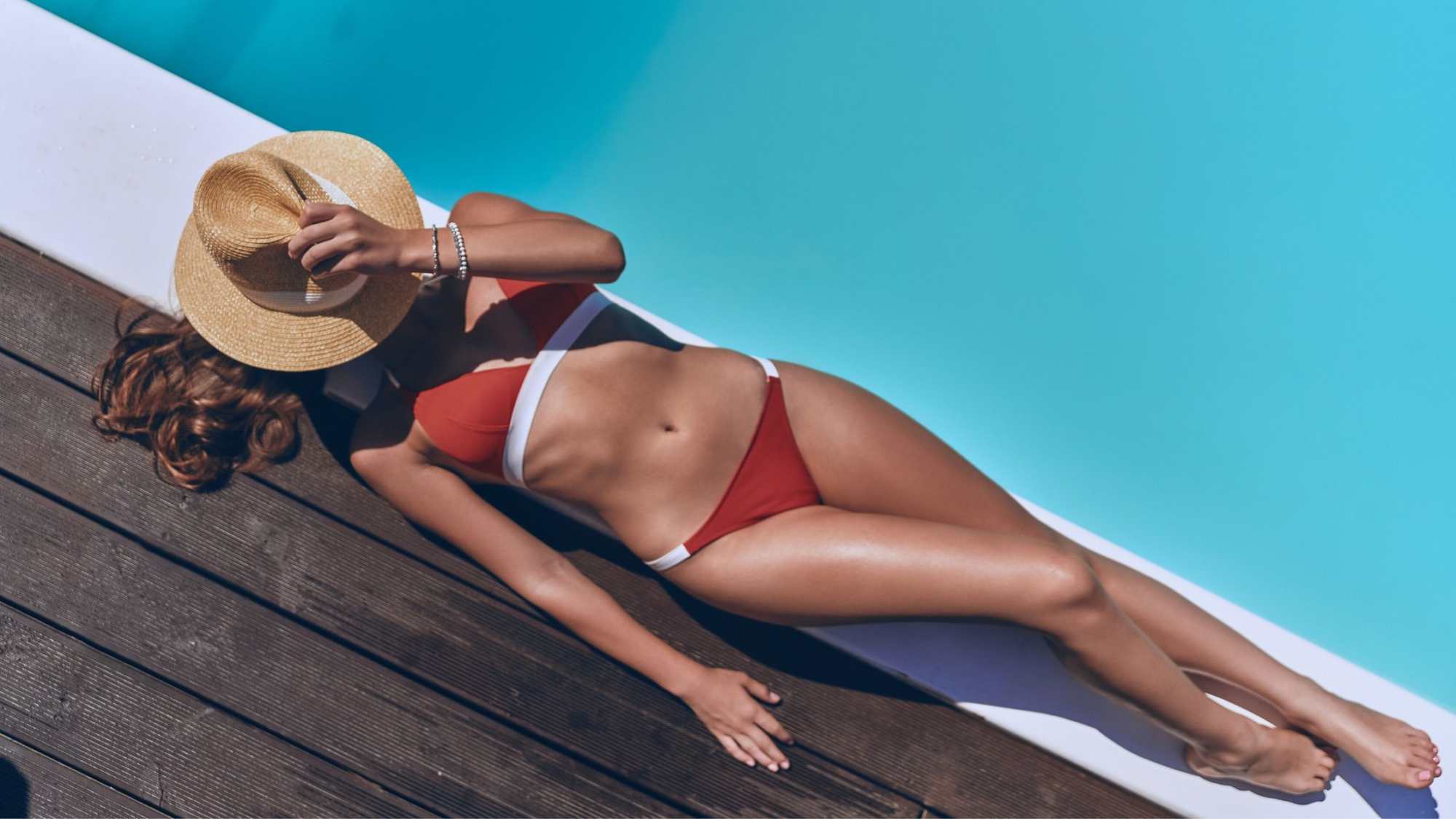
Note: Removing make up, perfumes, and deodorants works in the same line as exfoliation. Any extra substance on your skin may function as a barrier for your tan or cause skin irritation under the heat.
What are the benefits of sunbathing?
Sunlight is a strong source of vitamin D. While it is possible to get some vitamin D with your diet, nutrients don’t provide enough amount of vitamin D supply for your body.
Vitamin D is essential for
- Improving your immune system.
- Fighting different complications and diseases such as heart diseases, muscle sclerosis, flu, autoimmune diseases, and cancer.
- Absorbing calcium, strengthening your bones, and preventing diseases such as arthritis and osteoporosis.
- Improving brain function.
- Increasing the amount of serotonin released by your brain. This hormone is responsible for elevating your mood and making you feel happier, calmer, and more focused. This will also prevent depression.
- Decreasing preterm labor risk and infections.
On average, 30 minutes of daily exposure to the sun can replenish your body’s vitamin D levels. Of course, you should also consider your own skin type and the strength of the sun.
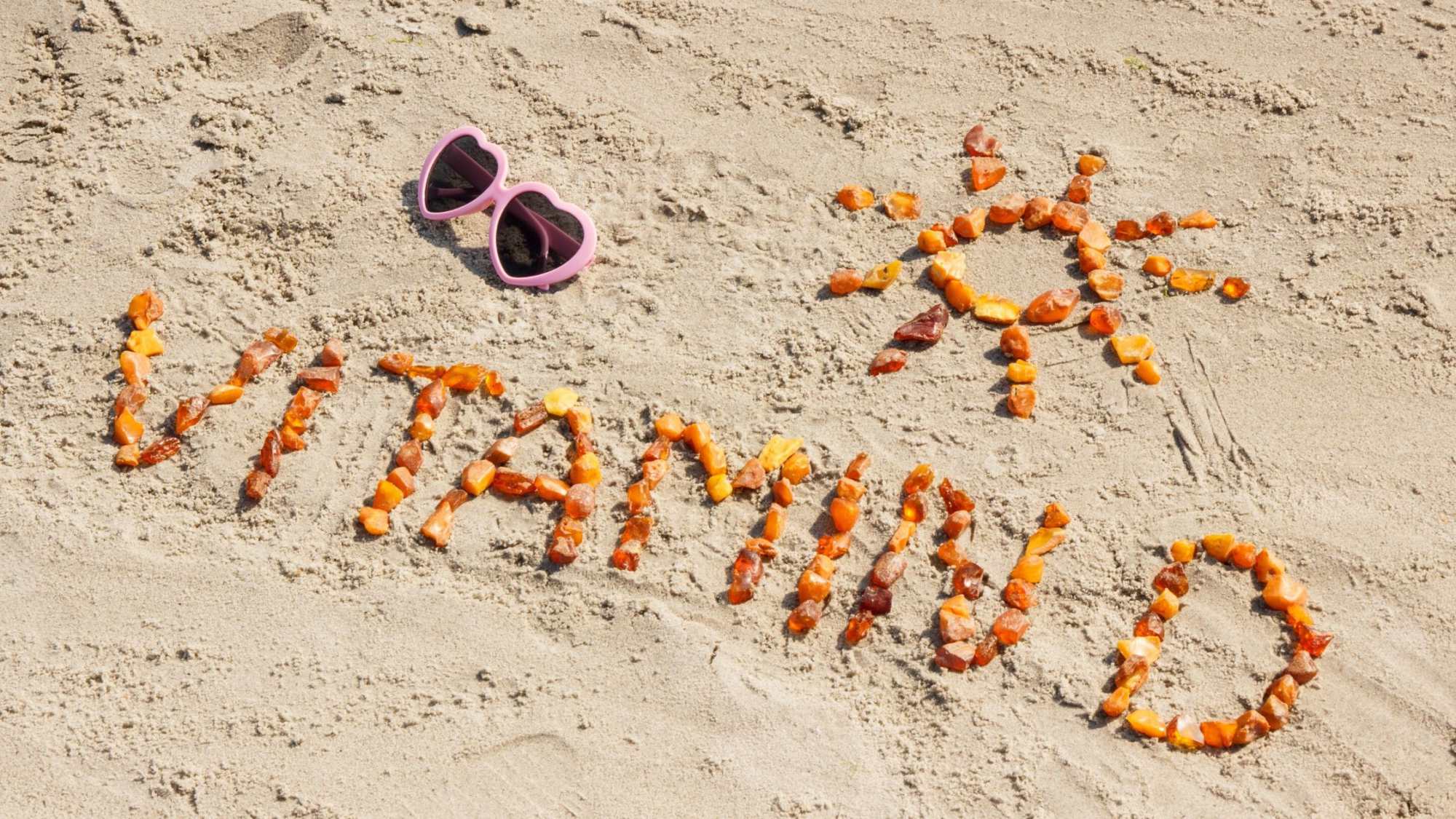
What are the risks of sunbathing?
Exposure to the sun causes your skin to produce melanin. Even though on the surface this can be a desired option on your beautiful book, it shows your body’s attempt to protect itself against the harmful UV rays.
In other words, even the slightest suntan is an indication of sun damage. And if your skin cells are unable to recover from this damage, they become cancerous.
In addition to this, sunburn can irritate your skin and give an unpleasant sensation that lasts for some days because of the first degree of burning. In severe cases also sunburn leads to blisters, heat rashes, heat exhaustion.
These are considered as a second degree of burning and increase the risk of getting melanoma or other kinds of skin cancer in the future. Other negative effects of sunbathing include dehydration, pigmentation, premature skin aging, immune system suppression, and eye damage.
Is sunbathing good for pregnant women?
While vitamin D is essential for pregnant women, sunbathing is not advisable to all pregnant women.
Sunbathing can cause dehydration, which can make things extremely uncomfortable for pregnant women. Also, sitting in the sun can increase the mother’s core temperature and consequently the temperature of the fetus.
Moreover, your skin might become more sensitive during pregnancy. So, your skin might burn and become pigmented if you are exposed too much to the sun. Another factor to consider is the hypersensitivity caused by some types of medicine, which can lead to damage and eczema especially when one lies around the sun.
How much tan can I get?
Every skin is different, and your melanin determines your skin color and how dark it can get. While some skin types burn almost instantly, some others don’t show the smallest sign of change after a long time of exposure to the sun.
People with bright skin have less melanin. This is why they tend to burn more quickly. While people with darker skin tones have more melanin in their skin. This means they tend to get darker (rather than getting a sunburn) after a long time.
But the risk for burning and getting skin cancer stands equally for people with darker skin.
How long should my sunbathing take?
The amount of time you can spend under the sun also depends on your skin, quality of the air, and geography. Naturally, if you have a sensitive skin or live somewhere near the equator, you need to spend less time under the sun. Also, the pollution and particles floating in poor quality air can block the UV rays of the sun.
Generally speaking, spending a little time under the sun every day and tanning slowly is better than suddenly exposing yourself to a lot of sun. For example, spending 20 minutes under the sun every day is acceptable, provided that you don’t have any complications with sun exposure.
What are some alternatives for sunbathing?
In case you don’t like to spend time under the sun, or simply don’t have enough time, you can do one of these:
- Park your car further from your workplace or your destination and walk the rest of the way.
- Go for a walk or exercise outdoors.
- Eat your meals outside.
- Eat foods rich in vitamin D.
- Take vitamin D supplements.
- Open the windows when you are driving.
- Do gardening outside.
- Buy a UV lamp.
What are some tanning precautions?
If you avoid tanning for long periods of time, your body is safer. While under the sun, make sure to:
- Wear a sunscreen with an SPF protection of at least 30.
- Rub sunscreen on sensitive areas such as your scalp, nose, ears, and neck.
- Reapply sunscreen every 2 hours and after every time you swim.
- Drink water and stay hydrated.
- Avoid alcoholic drinks.
- Eat tomatoes.
- Turn your position and roll frequently to get an even tan.
- Wear a hat, sunglasses, and light cotton clothes to shield your body from extra damage.
- Stay awake while lying under the sun. Just don’t fall to sleep!
How can I treat sunburn?
If, in spite of all precautions you get a sunburn, you can treat it with some easy steps.
In case you get a first degree burn, you need to apply cold compress to the warm area, drink plenty of water, moisturize the area, and take pain relievers.
For second degree burns, which includes blisters, you should avoid popping the blisters. Do the same things recommended for the first degree burns, but be gentle to keep away infection.
You can also use special medication and ointments for burned skin such as hydrocortisone to ease the pain and accelerate the recovery. Remember that a burned skin is more susceptible to allergic reactions and feels worse if it’s entangled in friction.
So, don’t apply any creams or materials that are likely to cause allergic reaction, and wear loose cotton clothes to remove friction from the affected areas.
For second degree burns, which includes blisters, you should avoid popping the blisters. Do the same things recommended for the first degree burns, but be gentle to keep away infection.
You can also use special medication and ointments for burned skin such as hydrocortisone to ease the pain and accelerate the recovery. Remember that a burned skin is more susceptible to allergic reactions and feels worse if it’s entangled in friction.
So, don’t apply any creams or materials that are likely to cause allergic reaction, and wear loose cotton clothes to remove friction from the affected areas.
The bottom line
Sunlight is the source of light. We depend on the sun in many ways and our modern, indoor city lives have limited the benefits we otherwise reaped from the sun.
But even though sun exposure is necessary for our bodies (and not only for that nice summer look), it comes with serious risks and threats to our physical health. Understand your body, see how it reacts to the sun before sunbathing for a long time.
And start small and keep it small if you can to prevent long term side effects of prolonged sun exposure.
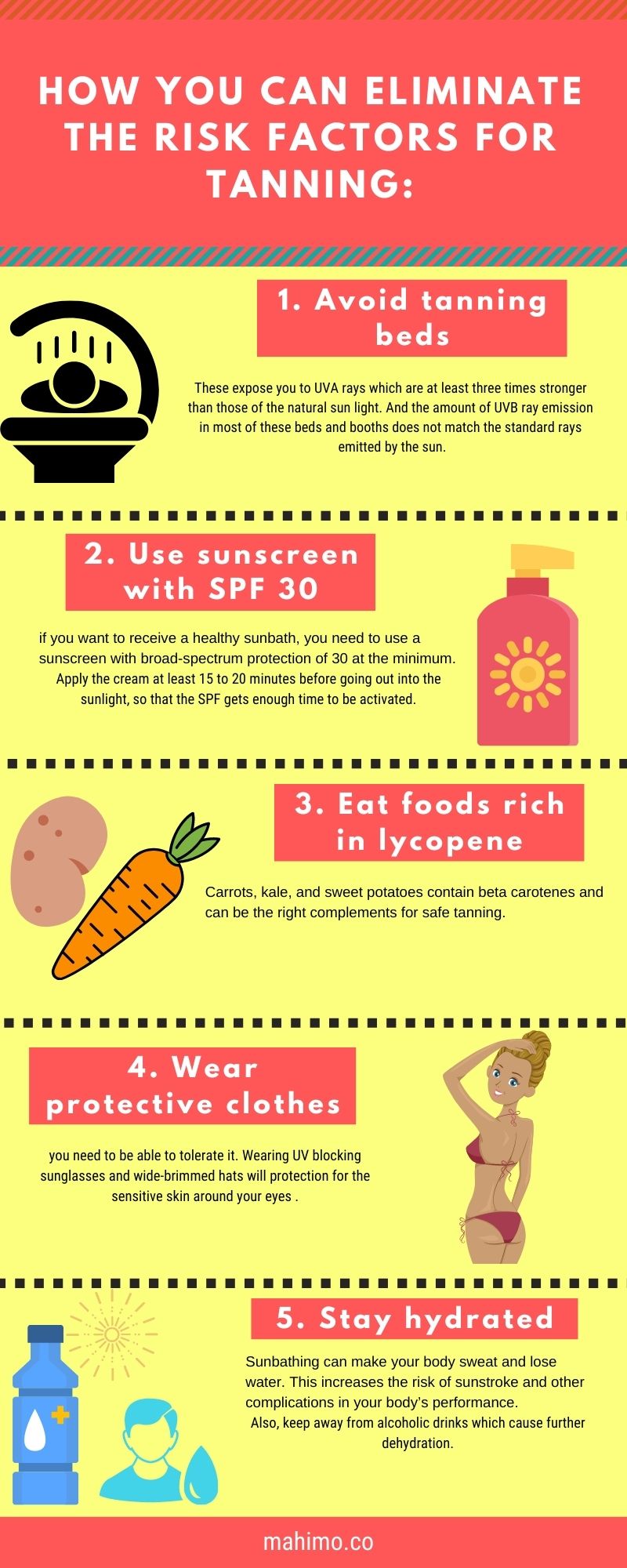
Note: In first degree burns, your skin turns red and feels warm to the touch. It can also be painful.
FAQ
Why do I burn instead of tan?
The reaction of our skin to sun, either burning or tanning, is based on genetics, we inherit our ability to tan or burn. In general, fair-skinned people often burn and are rarely able to tan. Darker skins, with their increased melanin, have more natural protection, but no one is immune to sun damage.
Does olive oil make you tan faster?
Olive oil has tons of skin benefits. It can help you achieve a healthy glow, an even and beautiful tan, and even speed up the tanning process for you. As long as you use it safely and responsibly, olive oil can be your fast-track ticket to gorgeous tanned skin.
Does a burn turn into a tan?
Yes, really. Of course you want your burn to turn to tan, but there's a very real risk that you could just get burn on top of burn if you don't go for a high factor sun cream, which makes you more likely to develop discoloration, hyper pigmentation or even skin cancer. Sunburned skin also needs some TLC.





